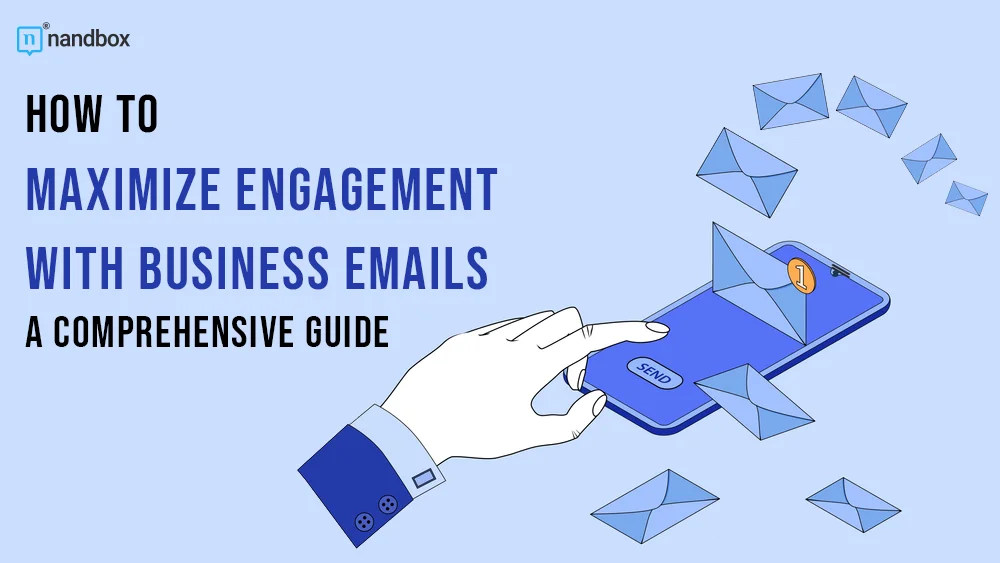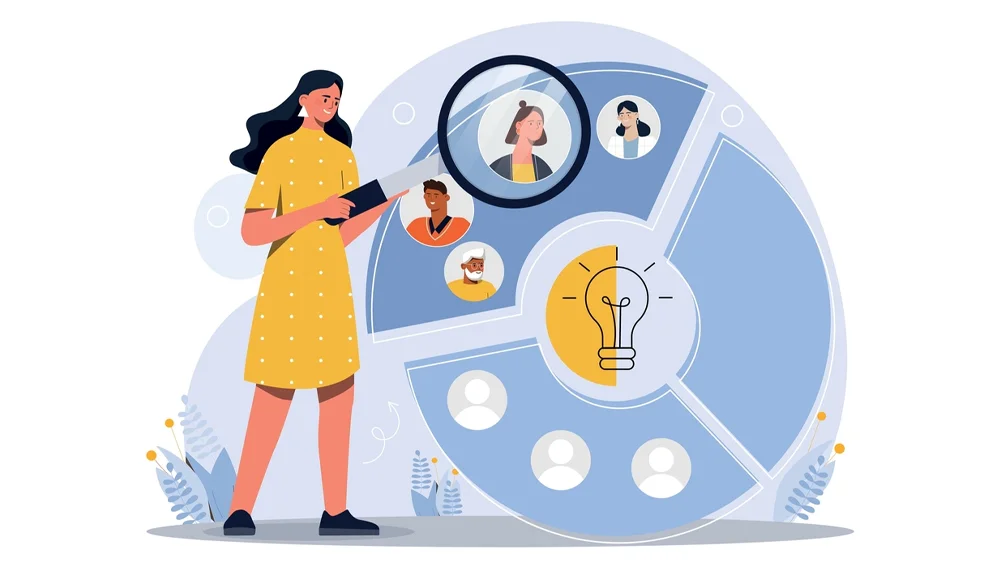In today’s digital landscape, email remains a cornerstone of business communication. Whether you’re reaching out to clients, potential business partners, or internal stakeholders, the effectiveness of your email strategy can significantly impact your engagement rates. This guide will explore key strategies to maximize engagement, including the use of email deliverability software and the practice of email warmup.
Understanding Email Engagement
Email engagement refers to how recipients interact with your emails. High engagement typically means recipients are opening your emails, reading them, clicking on links, and taking desired actions such as making a purchase or scheduling a meeting. Low engagement can signal that your emails are not resonating with your audience, or worse, ending up in spam folders.
The Role of Email Deliverability Software
One of the most critical factors in email engagement is deliverability. If your emails are not reaching your intended recipients, engagement will be impossible. This is where email deliverability software comes into play.
How Email Deliverability Software Works
Email deliverability software helps ensure that your emails land in the inbox, not the spam folder. These tools analyze various factors that affect deliverability, including:
- Sender Reputation: Email deliverability software monitors your sender reputation, which is influenced by factors such as bounce rates, spam complaints, and engagement rates. A good sender reputation increases the likelihood that your emails will be delivered.
- Authentication Protocols: Implementing protocols such as SPF (Sender Policy Framework), DKIM (DomainKeys Identified Mail), and DMARC (Domain-based Message Authentication, Reporting & Conformance) can significantly enhance your email deliverability. Utilizing a free DMARC lookup tool helps set up and monitor these protocols, ensuring your emails reach their intended recipients without being flagged as spam.
- Content Analysis: These tools can scan your email content for elements that might trigger spam filters, such as excessive use of certain keywords, poor formatting, and suspicious links.
- Monitoring and Reporting: Email deliverability software provides detailed reports on the performance of your emails, including delivery rates, open rates, and click-through rates. This data is invaluable for refining your email strategy.
Benefits of Using Email Deliverability Software
- Increased Inbox Placement: By ensuring your emails reach the inbox, you increase the chances of them being opened and read.
- Improved Engagement Rates: Higher deliverability translates to higher engagement, as more recipients have the opportunity to interact with your emails.
- Better Sender Reputation: Consistently high deliverability rates improve your sender reputation, creating a positive feedback loop that further enhances deliverability.
The Importance of Email Warmup
Email warmup tools provide another essential strategy for maximizing email engagement. This process involves gradually increasing the volume of emails you send from a new email address or domain to build a positive sender reputation with internet service providers (ISPs).
How Email Warmup Works
- Start Slow: Begin by sending a small number of emails to highly engaged recipients. These might be loyal customers or internal team members who are likely to open and interact with your emails.
- Gradually Increase Volume: Over several weeks, slowly increase the number of emails you send. This gradual increase helps ISPs see that your email sending practices are consistent and legitimate.
- Monitor Performance: Keep a close eye on your email metrics during the warmup period. If you notice any issues, such as high bounce rates or spam complaints, address them immediately to prevent damage to your sender’s reputation.
- Engage with Recipients: Encourage recipients to engage with your emails by including compelling content and clear calls-to-action. Positive engagement, such as opens, clicks, and replies, signals to ISPs that your emails are valuable and should be delivered to the inbox.
Benefits of Email Warmup
- Reduced Risk of Being Marked as Spam: Gradually increasing your email volume reduces the risk of triggering spam filters, which can happen if you suddenly start sending large volumes of emails from a new address.
- Improved Deliverability: A well-executed warmup process improves your sender reputation and increases the likelihood that your emails will be delivered to the inbox.
- Higher Engagement Rates: By building a positive sender reputation and ensuring your emails reach the inbox. Also, you set the stage for higher engagement rates.
Additional Strategies for Maximizing Email Engagement
Beyond email deliverability software and warmup, there are several other strategies you can implement to maximize engagement:
1. Personalize Your Emails
Personalization goes beyond addressing recipients by their first name. Use data to tailor the content of your emails to each recipient’s interests, preferences, and behaviors. Personalized emails have been shown to significantly increase open and click-through rates.
2. Craft Compelling Subject Lines
Your subject line is the first thing recipients see, and it plays a crucial role in whether they open your email. Craft subject lines that are clear, concise, and compelling. Avoid using all caps or excessive punctuation, as these can trigger spam filters.
3. Optimize for Mobile
A significant portion of email opens occur on mobile devices, and many users also prefer to send text messages from Gmail for convenience. Also, ensure your emails are mobile-friendly by using responsive design, keeping content concise, and using a clear and readable font.
4. Segment Your Audience
Segmenting your email list allows you to send more targeted and relevant emails. Segment by factors such as demographics, purchase history, and engagement levels to deliver content that resonates with each group.
5. Test and Refine
Regularly test different elements of your emails, such as subject lines, content, and send times, to see what resonates best with your audience. Use A/B testing to compare different versions of your emails and refine your strategy based on the results.
Conclusion
Maximizing engagement with business emails requires a multifaceted approach. By using email deliverability software and implementing an effective email warmup strategy, you can ensure your emails reach the inbox and avoid spam filters. Additionally, personalizing your emails, crafting compelling subject lines, optimizing for mobile, segmenting your audience, and continually testing and refining your strategy will help you achieve higher engagement rates.
Investing in these strategies will not only improve your email performance but also strengthen your overall business communication, fostering better relationships with clients and potential business partners.




